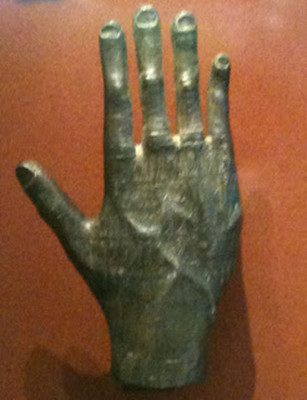All this week I've been looking at the ways in which, around 1,700 years ago, the great religions of the age created images that would bring the faithful closer to their gods, and how those religions became embedded in the great empires of the time.

您現(xiàn)在的位置: 首頁(yè) > 英語(yǔ)聽(tīng)力 > 英語(yǔ)視頻聽(tīng)力 > 紀(jì)錄片 > BBC記錄片《百件藏品話(huà)滄桑》 > 正文

All this week I've been looking at the ways in which, around 1,700 years ago, the great religions of the age created images that would bring the faithful closer to their gods, and how those religions became embedded in the great empires of the time.

| 重點(diǎn)單詞 | 查看全部解釋 | |||
| cast | [kɑ:st] |
想一想再看 v. 投,擲,拋,鑄造,丟棄,指定演員,加起來(lái),投射(目 |
||
| embedded | [im'bedid] |
想一想再看 adj. 植入的,內(nèi)含的,深入的 v. 埋入,植入,深入 |
||
| particular | [pə'tikjulə] |
想一想再看 adj. 特殊的,特別的,特定的,挑剔的 |
聯(lián)想記憶 | |
| faithful | ['feiθfəl] |
想一想再看 adj. 如實(shí)的,忠誠(chéng)的,忠實(shí)的 |
